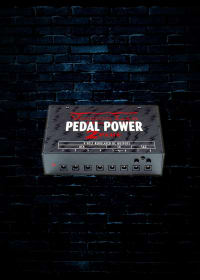
The main use of pedal power today is still for bicycling, at least in the high-power range (75 watts and above of mechanical power). In the lower-power range there are a number of uses of pedal power--for agriculture, construction, water pumping, and electrical generation--that seem to be potentially advantageous, at least when electrical or internal-combustion engine power is unavailable or very expensive. This book talks about Human and Animal Power Tools and Transmission Systems.
81% match

Pedal Power is a philosophical work in that it explores the full human potential inherent in the use if the bicycle for work. On the other hand, it is a very practical book, as it suggests scores of tasks which can be easily and effectively accomplished with pedal devices.
80% match
Modules
File Types
Book Pages
File Size
Rating
Minimum
Skill Suitability
Survival Skills
Defensive Skills
Environment Setting
Health and Fitness
Time Available
Finances Available
Human Power
In today's world, we rely heavily on fossil fuels for our energy needs. However, as these finite resources become scarcer and environmental concerns grow, many people are turning to alternative sources of energy. One such source is human power.
Human power can be used in a variety of ways - from generating electricity through pedal-powered generators or wind turbines to using hand tools instead of electric ones. By harnessing the natural strength and endurance of the human body, we can reduce our dependence on non-renewable resources while also improving our physical fitness.
If you're interested in learning more about human power energy solutions, there are plenty of books available on the subject. Some popular titles include 'Human & Animal Power Tools and Transmission Systems' by P.A. Harding and 'Pedal Power' by James C McCullagh. These books cover everything from building your own pedal-powered generator to using animal labor for farming tasks.
'Rebuilding with Human Power' by Bill Kaysing is another great resource for those looking to incorporate more sustainable practices into their daily lives. This book focuses specifically on using human labor for construction projects - from digging foundations to laying bricks - rather than relying solely on heavy machinery.